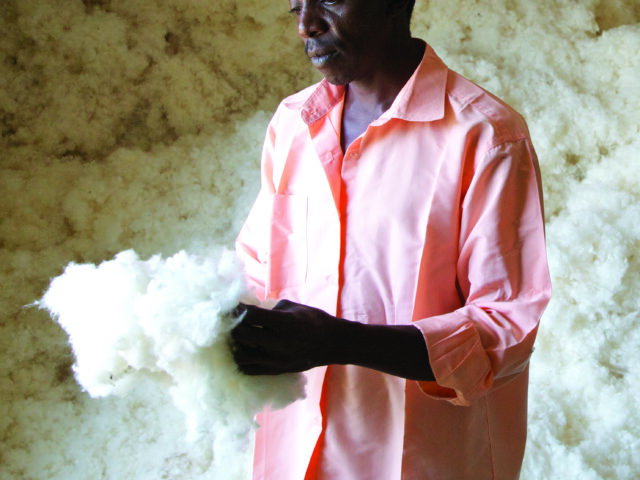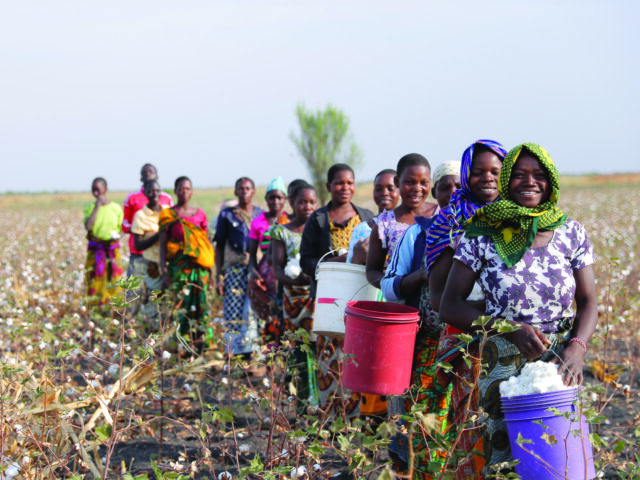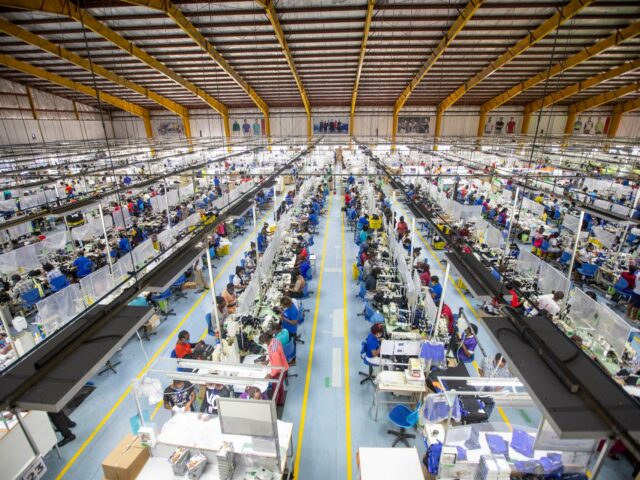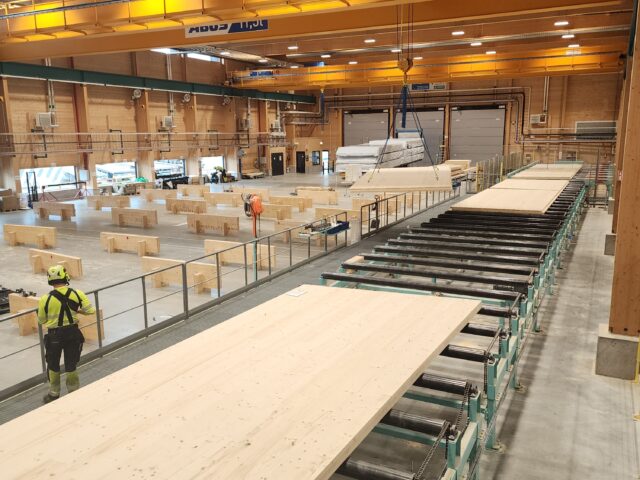How Gatsby Africa Collaborates with Government: A Case Study on Sustainable Planted Forestry in Uganda
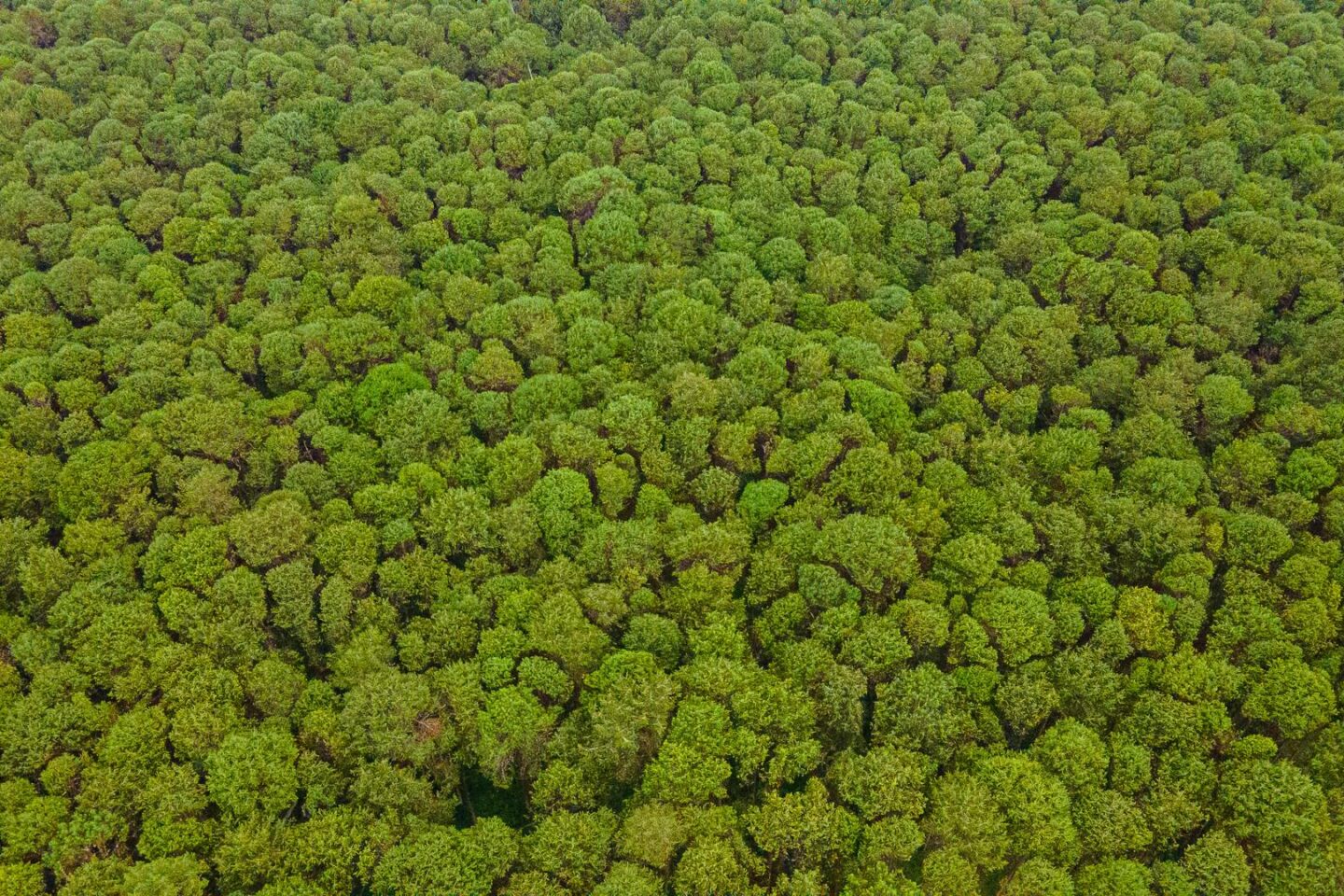
In our journey to promote sustainable planted forestry in Uganda, collaboration with government has been pivotal, creating an opportunity to integrate sustainable forestry practices into the heart of Uganda’s National Development Plan.
Through exposure visits and roundtable discussions, we’ve delved deep into understanding the potential of the forestry sector for Uganda’s economic growth. These engagements have involved both government and private sector participation, providing valuable insights into the sector’s possibilities.
In particular, we’ve been advocating for export opportunities within the forestry sector to the Government of Uganda (GoU), unlocking access to higher-value markets for growers and incentivising investment into the sector. Recently, this has involved providing input to GoU on the potential of commercial forestry aimed at addressing restrictions on timber exports.
Collaborating with government entities like the NPA is crucial for our work. It’s through such partnerships that we can think strategically about the benefits forestry and green industrialisation can bring for Uganda’s development agenda, ensuring a brighter and greener future for the nation.
Roundtable Discussions, Thought Leadership and Knowledge Sharing
At our recent roundtable discussions with the National Planning Authority (NPA), Ministry of Trade, Industry, and Cooperatives (MTIC), and Ministry of Water and Environment (MWE), we shared thought leadership insights aimed at shaping government policies. Chaired by the Vice Chairman of NPA, these discussions serve as platforms for dialogue on the forestry sector’s pivotal role in national development.
Our presentation focused on advocating for green industrialization through commercial forestry as a cornerstone for economic growth and job creation in Uganda. We highlighted several key points such as:
- Alignment with National Goals: Emphasizing the role of commercial forestry in achieving Uganda’s Vision 2040 and National Resistance Movement (NRM) goals.
- Environmental Preservation: Demonstrating how commercial forests contribute to preserving natural forests, and their superior environmental benefits compared to natural forests.
- Sector Overview: Providing insights into the status of the commercial forestry sector in Uganda, including its growth trajectory, ownership patterns, and export potential.
- Challenges and Opportunities: Discussing the challenges and opportunities within the sector, particularly focusing on optimal versus pragmatic forestry[1] value chains and strategies for industrial development which have an impact on inclusivity in the production base, down stream value addition and job creation.
To realise the full industrial and economic potential of the forestry sector, we proposed five key areas for action:
- Conducive Export Environment: Advocating for policies that create a favourable environment for forestry product exports.
- Investment and learning: Encouraging investment and fostering rapid learning by pioneer firms to spur sector growth.
- Demand Stimulus: Promoting higher-value wood products to meet evolving market demands.
- Building an inclusive wood industrial ecosystem: Building an inclusive wood industrial ecosystem that supports participation from various stakeholders.
- Sustainability: Ensuring the long-term sustainability and resilience of the sector through strategic planning and resource management.
Collaborating with government entities is an essential part of supporting the growth of a competitive, resilient and inclusive forestry sector. Working across the region, in a number of different areas allows us to think strategically about wider issues impacting a sector, and advise government accordingly. We are excited to continue working with the Ugandan NPA. With intentional strategic action and inclusive policies, Uganda’s commercial forestry sector can continue to thrive, contributing to economic growth and environmental sustainability.
[1] “Optimal” forestry emphasizes lower inclusivity in the production base but focuses on higher value addition and job creation in downstream manufacturing. Conversely, “pragmatic” forestry prioritizes higher inclusivity in the production base but entails lower downstream value addition and job creation.

